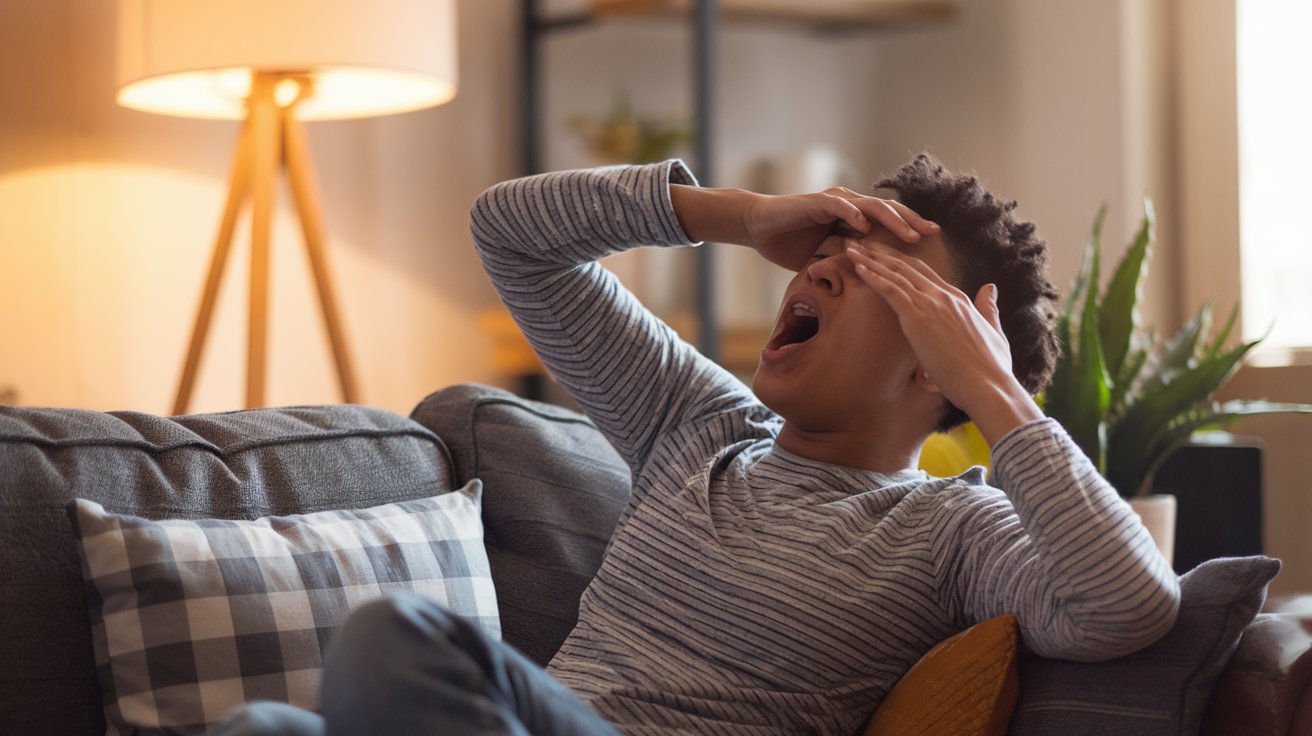
We live in a world that’s getting more crowded every day. As more people move into urban areas, we’re crammed into busy environments filled with advertising and distractions. Add to that the constant flow of new products and trends, and it’s no wonder that consumerism has taken off.
With all this chaos, it’s not surprising that anxiety has become the most common mental health issue today. Anxiety often comes from worrying about what might go wrong, whether it’s a specific fear or just a general sense of unease. It can be triggered by anything, from work deadlines to family pressures.
So, what’s the antidote to all this stress? The answer might be simpler than you think: minimalism.
Originally a design concept, minimalism has evolved into a lifestyle that focuses on having less and using only what’s essential. This approach can help calm the mind and reduce anxiety. Here’s how embracing minimalism can make life a bit more chill:
1. Clear Your Mind by Clearing Your Space

Anxiety often comes from uncertainty, and nothing cuts through uncertainty like clarity. Minimalism uses simplicity and white space to create a calm environment, helping to reduce anxiety by minimizing overwhelming visual cues.
Our brains are wired to process visual information first, and being bombarded with too many visual stimuli can trigger stress. Creating a minimalist space at home can provide a sanctuary where your mind can rest, free from the clutter and chaos of the outside world.
2. Declutter Your Space, Declutter Your Mind
Clearing out physical clutter can also help clear your mind. In many philosophies, like Buddhism, detaching from material possessions can lead to a calmer and clearer perception of reality.
By getting rid of unnecessary items, you reduce the mental effort needed to navigate your surroundings, lowering your stress levels. This makes you less likely to hit that anxiety threshold.
3. Focus on What Matters
Minimalism is all about eliminating the unnecessary so that the important things can shine. Instead of feeling overwhelmed by a long to-do list, focus on just a couple of priorities each day. This not only makes you more productive but also helps reduce anxiety by simplifying your life.

4. Build Self-Control and Confidence
A big part of minimalism is learning to say no—whether it’s to more stuff or more commitments. This practice helps you build self-control and reduces the stress that comes from the fear of missing out or not having enough.
In a world where social media and consumerism fuel a constant need to “keep up with the Joneses,” stepping back and embracing minimalism can be a refreshing change. It allows you to focus on what truly matters to you, rather than what society expects.
5. Discover What Really Matters to You
Once you stop using shopping as a reward, you can start to understand what genuinely makes you happy. This process helps you design your life around your true interests and values, rather than following the crowd. It’s a rewarding way to live more deliberately and authentically.
6. Find Contentment in Simplicity

At its core, minimalism teaches us that enough is enough. True contentment doesn’t come from constantly achieving more; it comes from appreciating what we already have. Many of us are fortunate to have more than we need, and recognizing this can bring a profound sense of peace.
In conclusion, embracing minimalism can be a powerful tool in managing anxiety. By simplifying your life and focusing on what truly matters, you can find a sense of clarity, control, and contentment. Remember, you already have enough. And most importantly, you are enough.
Gentle Reminder: This article is not intended as a substitute for professional medical advice. Always seek appropriate medical assistance when necessary.
Featured Photo by Sarah Dorweiler on Unsplash





Leave a Reply